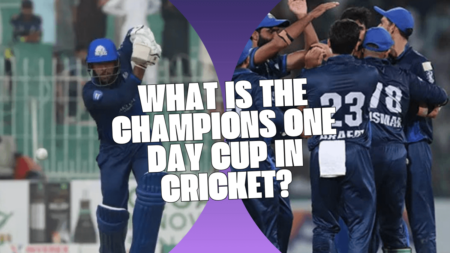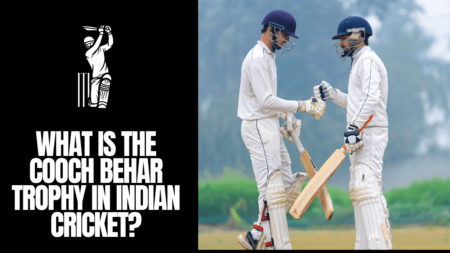

A free hit in cricket is awarded to the batting side after a bowler bowls a no-ball. A no-ball is an illegal delivery when the bowler steps out of the crease at the time of release or bowls in a manner that the ball is directed above the batman’s waist. There are many other reasons when an umpire can signal a no-ball. But it is only in the aforementioned rules when a free hit is signalled most often.
Rules
Before 2007, if a no-ball was bowled, the batting team was awarded one run and the bowler was supposed to bowl that delivery again. In 2007, the free hit law was introduced. According to this, the next ball after a no-ball is bowled is called a free hit. In this delivery, the batsman cannot be deemed out unless he or she is run out, obstructs the field or hits the ball twice. The field setup on the free hit delivery has to be the same unless the batsman crossed ends on the no-ball delivery. The batsman can hit with more freedom on the free hit delivery as it is technically a dead ball in play.
In 2015, a free-hit was awarded even for a no-ball bowl that was bowled over waist height of the batsman. The umpire signals a no-ball by pointing his index finger towards the sky and moving his arm in circular motion. In case the free hit ball is also a wide or a no-ball, then the free hit continues till a legal delivery is bowled. Overall, the free hit is an advantage for the batting side and the no-ball can prove costly for the fielding side.




